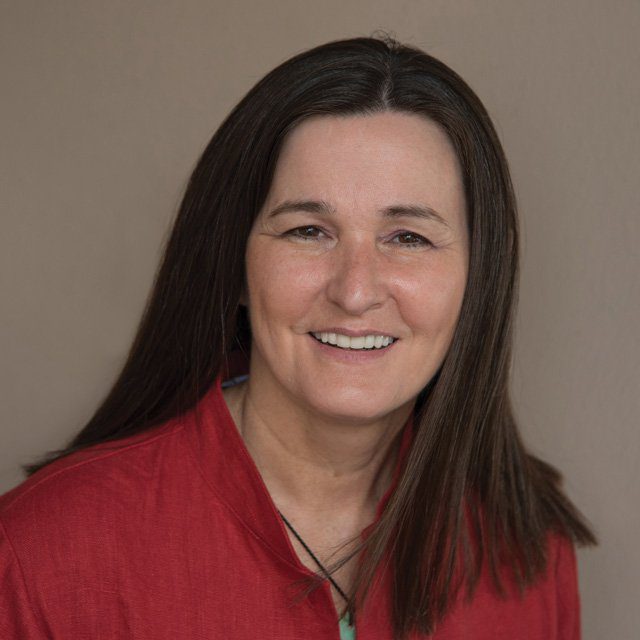How Planning Innovator Sheryl Garrett Is Designing Her Own Retirement

“Money by itself does not provide security,” asserts Sheryl Garrett, founder of the Garrett Planning Network, in a recent interview with ThinkAdvisor.
The planning-practice innovator, 60, is permitting a peek at what she calls a “lifestyle design” for her personal retirement. It will be on the 30 acres in Arkansas that she owns and where she resides with her 11-year-old daughter.
At the same time, the certified financial planner offers valuable advice to financial advisors for conducting retirement planning with clients.
“People need to get prepared for where they’re going and what they want to do in retirement,” she emphasizes.
The communal setting she envisions for herself may hark back to great-grandma’s day, but that mindset of sharing is precisely what Garrett is hoping for in retirement.
“There’s a lot of wisdom in having a ‘self-designed community,’” she says, “whether it’s a biological family or not.”
Garrett is best known for advocating fee-only financial advice by planners who adhere to the fiduciary standard and charge by the hour. In 2000, she founded the Garrett Planning Network, which today has nearly 250 member planners.
Former President Barack Obama singled out Garrett in a 2015 speech during the Department of Labor’s push for its fiduciary rule. He said she was a financial advisor who entered the business to help people.
Obama was referring to Garrett’s stance that, in his words, “the role of a financial advisor is one of the most important jobs. [But] there is a sector of the industry today that operates like the gunslingers of the Wild West.”
In addition to founding the Planning Network, Garrett co-founded an RIA in 2011 but sold her ownership in it eight years later.
For the last few years, she has been designing her retirement. That plan has undergone some change, however, with the death of Garrett’s wife last fall, leaving her with the couple’s young daughter to raise by herself.
On her vast property outside Eureka Springs in the Ozarks, she has seven buildings — including log cabins she rents to tourists — and where she’s planning to one day build a small retirement home.
An industry activist, Garrett has worked with the House Subcommittee on Financial Services and testified before Congress on Social Security reform. She was named seven times to Investment Advisor’s annual list of the most influential people in financial planning, the IA25.
She grew up in Emporia, Kansas, amidst “nature,” she says. Now she’s “circling back to it,” noting the trees, shrubs and garden she’s planting to produce food during her retirement.
“Access to food is security,” she notes.
ThinkAdvisor recently interviewed Garrett, who was speaking by phone from home. Here are highlights:
THINKADVISOR: What’s the first thing to keep in mind when thinking about retiring?
SHERYL GARRETT: People need to get prepared for where they’re going and what they want to do in retirement.
My current theme has been percolating for two or three years now. I’ve been working on it with another single woman here in our community.
What is it?
I’m literally designing my retirement lifestyle, and part of that is arranging for us to live close together. In our design, we’re thinking about what we want out of retirement.
There’s a lot of wisdom in having a self-designed community, whether it’s a biological family or not. But the idea is that you move by design.
What’s one significant issue pre-retirees need to consider in deciding to relocate?
Climate change. The three [top] places people are moving to right now are California, Arizona and Florida. None of those states are safe. Two have major drought problems.
What happens if you’re living there 30 years from now? What’s your house going to be worth? Do you really want to move to an area that you may have to move from in five or 10 years?
What’s another major component to designing your retirement?
Security. Not just having a big pile of money. But, for instance, I need a roof over my head, electricity, air conditioning. I need to maintain my health. I want some food.
Money by itself does not provide security. Access to food is security.
How are you planning for that when you retire?
I’m taking time right now to invest in plants, trees and shrubs to provide a substantial amount of food for pleasure or need 20 years from now. Hopefully, I’ll be here. Maybe not. But my daughter will be.
Many people in pre-retirement or retirees garden as a hobby. But you’re talking about growing food partly in the context of food security, right?
I have 16 baby trees in my front yard. There’s so much food on this property, including black walnuts. They just grow!
It’s so exciting when you can reach out and get strawberries, raspberries, blueberries, gooseberries. And the figs taste like something you’ve never had.
I was raised in Emporia, Kansas. It’s just nature out there. I’ve played in nature a lot. And as I’ve grown up, I’m circling back to it.
Do you have a garden?
Yes, but it’s been fallow for about 15 years. I told a fellow that I want it plowed and re-established.
And I’ll ask neighbors who have birds if they want [to split the cost of] a fence. They’ll supply eggs. So we’re going to have egg-layers and game fowl or chickens, or both.
Can designing their retirement be a way to bring retirees additional income?





